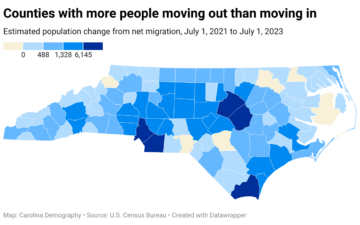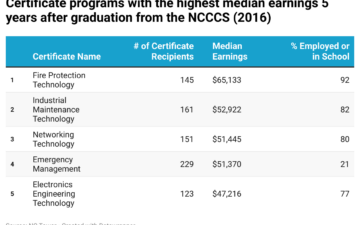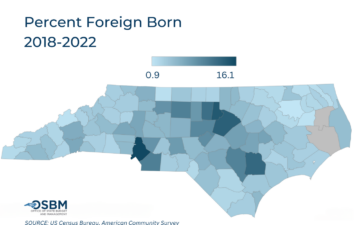North Carolina’s 4th congressional district is currently represented by Congressman David Price. Mandatory redistricting in 2019 changed the boundaries of the district, which now encompasses all of Durham County, Orange County, Granville County, and Franklin County, as well as parts of Chatham County, Wake County, and Vance County.
In 2020, David Price’s office approached us because they wanted to better understand the context of their new district and learn more about who their new constituents were. They asked us to create a comprehensive demographic and economic profile of the redrawn 4th district, and to detail how the new district might have different or new needs compared to the prior district.
We began by reviewing their data needs and the key questions they needed to answer. We then collected data from a variety of sources that would help the Congressman and his staff better understand:
We wove these data elements into a cohesive, integrated picture of the district. We provided this as a formatted databook for the Congressman and his office staff to use. In addition, we walked Representative Price and his staff through the databook and key findings during one of their staff meetings, and answered questions that they had based on the data.
Office of David Price (D - NC)
Helping an elected official better understand his new constituents

Last week, the U.S (United States). Census Bureau released 2023 county population estimates. These annual estimates tell us how county populations in North Carolina have changed over the course of a year: in this case, between July 1, 2022 and…

Deciding which educational pathway to pursue is often a daunting decision for a high schooler transitioning to postsecondary education. There are many questions a student must ask. Do I want to pursue a credential or a degree awarding program? What…

Dr. Michael Cline is the state demographer for North Carolina at the Office of State Budget and Management and has given us permission to re-post his content here. The original version of this piece is here. The foreign-born population in…
Your support is critical to our mission of measuring, understanding, and predicting population change and its impact. Donate to Carolina Demography today.